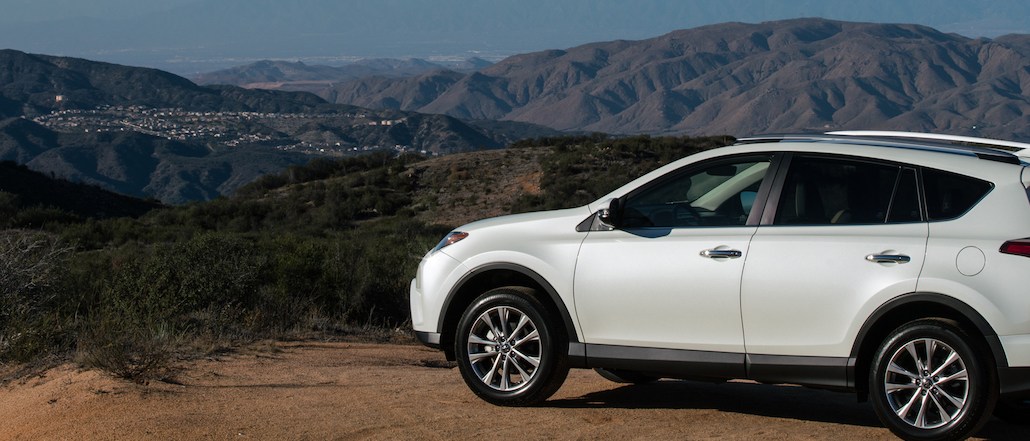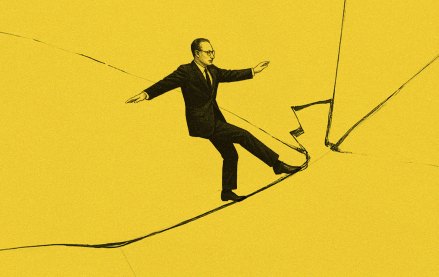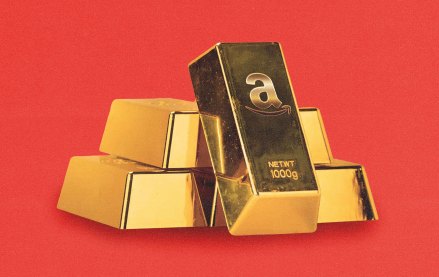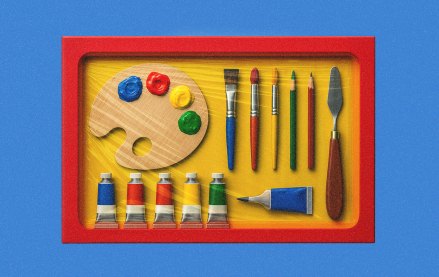Join us Dec. 1-3 in New Orleans for the Digiday Programmatic Marketing Summit
Lollapalooza filters and Live Stories: Inside Toyota’s Snapchat strategy

Snapchat’s a natural for some brands, not so much for others.
The struggle for Toyota is finding the right message. As Snapchat’s ad push gets increasingly aggressive, it’s getting harder for individual brands to cut through the noise. Last week, the brand ran its first first geofilter on the platform that doubled as a ticket to a pop-up concert at Lollapalooza. While at the festival, which Toyota sponsors, Snapchatters could use the filter in three locations, including the main stage and its branded stage for up-and-coming artists, the Toyota Music Den. Once inside these zones, festival-goers who swiped left on their selfies were presented with a VIP pass to a secret show with singer Leon Bridges.
“We want to appear genuine and authentic, not intrusive,” said Florence Drakton, who heads up Toyota’s social media marketing.
Back in June 2015, Toyota was one of the first auto brands to test Snapchat’s ad units in its localized Live Story section. Those short videos, targeted at users in the LA area, featured its Camry and Corolla models. Since then, the brand has shifted to content that’s more in tune with how users actually use Snapchat — with the main goal being engagement, not just views.
 According to the company, the geofilter received 50,000 views over the three hours that it ran.
According to the company, the geofilter received 50,000 views over the three hours that it ran.
“We wanted to think of something that would surprise people at the festival and show them we’re a smart brand who understands them,” said Drakton.
According to her, the platform hadn’t tested the idea before her team put it forward. “I don’t think they’d even thought about it before. So we asked and they made it happen.”
The brand took a risk with the discovery element of the filter: There was no guarantee people would find the thing, and Toyota didn’t promote it beforehand. But the company was so happy with the results that Toyota is now looking to repeat this model at future events this summer and even in campaigns further down the line.
Toyota has been working with music and entertainment influencers on the platform too: To target millennial Latinos, the brand launched a campaign tied to the Billboard Latin Music Awards in May, in which Toyota commissioned three musicians to create a short film on their own Snapchat channels.
If users put three phones next to each other, the stories would form a narrative around different musical styles: hip-hop from artist Goyo (from the group ChocQuibTown), country from singer El Dasa and pop from Natalia Lafourcade. As the musicians swap places in each others’ channels, The Rav4 model is placed strategically in the background. The tagline #AceptaElReto (accept the challenge) appears at the end.
For Drakton, working with influencers makes sense as Toyota is still learning how to use the platform effectively. The influencers have already put in the groundwork grow an audience and to know what makes them tick. “It’s all emerging, so why not go to the professionals who have studied it,” she said.
But the platform doesn’t make it easy. Currently, Toyota must trust the influencers it works with to deliver the metrics from their own accounts. “Snapchat is still working on the measurement piece; they still have some growing to do,” Drakton said.
Toyota’s Live Stories, which began last year, have now evolved. Rather than opting for traditional ad formats — voiceovers, shots of long drives and happy couples — the brand is looking to fit in with the rough-and-ready user-generated content that the platform demands. At Lollapalooza festival, for example, its spot featured a fake reporter at the scene.
And now that Toyota has tried using Snapchat’s paid placements, Drakton is planning for Toyota to grow its organic reach through a Snapchat channel of its own. “As soon as we figure out the entire media strategy, we will be doing more of it on our own,” said Drakton. “It’s not about the finished product but that interesting middle.”
More in Marketing

The Great Resignation is over — unless you’re a retail CEO
More than 1,500 chief executives have left their posts so far this year through August, up 4% from last year.

Pitch Deck: How Amazon plans to turn Q3’s $17 billion ad haul into Q4’s next big DSP push
It’s no secret the company wants advertisers to see its demand-side platform as the backbone for buying across the open web.

WPP’s Open Pro AI suite already faces competition from Google and Canva
The holdco hopes its new product can open up SaaS revenue. But tech companies are on its tail.





